High-yield and high-efficiency planting techniques of raspberry
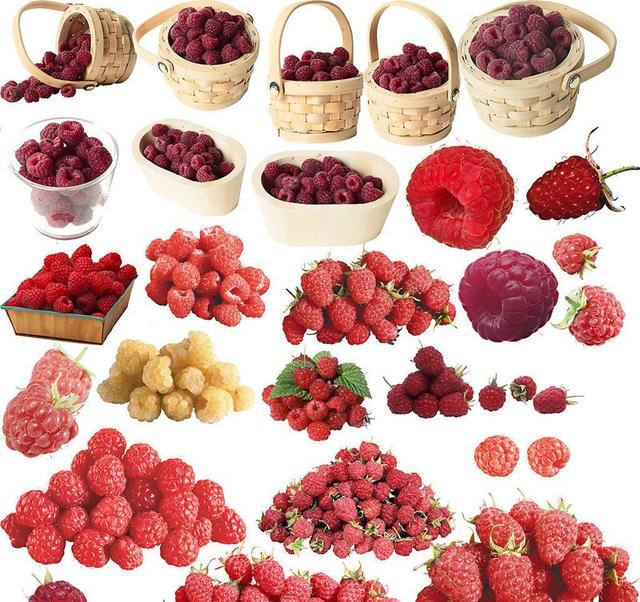
All kinds of raspberries
Raspberry is a rattan shrub of the genus Rubus of Rosaceae. Raspberry has high economic value, its berries are rich in nutrients, and there are 0.5-2.5 mg salicylic acid per 100 grams of berries, which is often used in the production of perspirant. The root used for soaking wine has the effect of relaxing muscles and promoting blood circulation, reducing inflammation and detumescence. Stem and leaf decoction can be used as hemorrhoid lotion, the therapeutic effect is better. The Compendium of Materia Medica records that raspberries have a sweet, flat and non-toxic smell, which can benefit the kidney, consolidate essence, shrink urine and strengthen yang. " There are abundant wild raspberries in Pan'an County, Zhejiang Province, but the wild resources are increasingly exhausted due to the increasing market demand year by year. According to the growth habits of raspberry, the wild seedlings were used for artificial propagation and cultivation, which not only protected the wild resources of raspberry but also achieved economic income. The cultivation techniques of wild raspberry seedlings are introduced below.
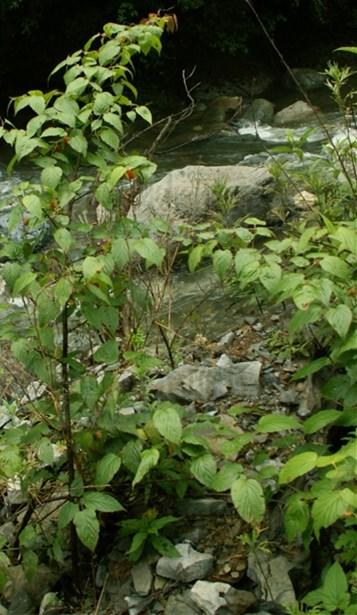
Wild raspberries
I. selection of land and land preparation
The basin cover should not be strict with the soil, and the general plots can be planted. Apply 2000 kilograms of rotten farm manure per mu, turn it deep into the soil, flatten and rake fine, and make a bed for reserve.
Second, reproductive technology
1. Root tiller propagation
The underground stem of raspberry will sprout tiller seedlings every year, and the mother plant can be dug from late autumn to early spring. After proper pruning of roots and branches, the mother plant can be divided into several pseudo-planting or planting.
two。 Striping propagation
In August every year, 4-8-year-old mother plants with flowering and strong growth were selected. the annual branches near the ground were slightly cut and pressed into the soil, and the pressing part could grow new adventitious roots and shoot, and the new plants were dug up and planted in the next spring.
3. Colonization
Potted seeds can be planted in spring, summer and autumn, and the survival rate of autumn planting before defoliation is the highest. Before planting, cut the seedlings into short stakes 15-20 cm long to reduce evaporation. The plant spacing of the strip planting row is (2.0 × 2.5 m) × 0.5 m, and the planting hole is 30 cm wide and 40 cm deep. 5 kg of soil and miscellaneous fertilizer is applied to each hole, which is evenly mixed with the subsoil. 2 × 3 strong seedlings are planted in each hole, and the planting belt gradually forms a width of 30 cm and 60 cm.
Plant belt. The distance between single plant and plant was (1.5 ~ 2.0 m) × 0.5 m. One strong seedling was planted in each hole, compacted with fine soil and fixed with root water.
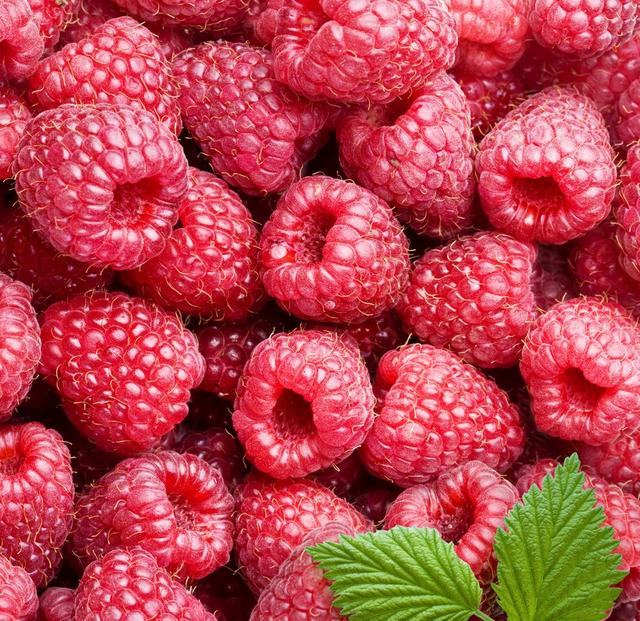
Attractive raspberries
III. Field management
1. Intermediate ploughing and weeding
Within two years of transplanting, weeding was carried out 3 or 4 times a year, the first time in spring, the second in May-June, the third in July-August, and the fourth in late autumn and early winter. Shallow ploughing should be done around the rhizosphere to avoid root damage, with a depth of 6cm to 10cm. When the branches are closed in the later stage, the weeds should be pulled out in time. After rain or irrigation, loosen the soil and cultivate the soil in the plant rhizosphere at the same time.
two。 Set up a frame to tie up
The branches of potted seeds are soft and soft, often drooping to the ground due to the heavy pressure of fruit, affecting fruit quality and yield. It should be set up in late April. A single pillar is tied, and a pillar is set up near the clump of plants to bind the branches; double pillars are tied to set up two pillars between the clumps, and the branches of each of the two adjacent clumps are tied to two pillars, which is good for light, easy to manage and high yield.
3. Topdressing
Every year after branch germination and young fruit stage in early spring, topdressing should be combined with intermediate tillage and weeding. Nitrogen fertilizers such as rotten human and animal dung water, ammonium sulfate and urea were applied in spring, summer and autumn. Apply rotten barnyard manure, compost and plant ash in winter. Open ditch between rows to fertilize, ditch depth about 20 cm, cover soil after application.
4. Shaping and pruning
Spring scissors are combined with scaffolding to tie branches. Cut off thin and weak branches, dry and withered branches, broken branches, over-dense branches and diseased branches, and retain 7-9 sturdy branches per plant. Summer shearing, when the basal branch is 30 cm long, each plant retains 12 ~ 15 evenly distributed strong branches and coring, and the rest of the branches are all cut off. Autumn shearing is carried out when the fruit is picked and the fruiting branches begin to dry up. Cut off the withered branches, diseased and weak branches, and cut the dense branches that affect ventilation and light.
5. Water management
Soil drought or too much Rain Water will lead to a large number of raspberry flower and fruit drop, so we should do a good job of drainage and irrigation according to soil moisture.
IV. Harvesting and processing
The fruit period of potted fruit is from June to July. When the fruit is full and green, it is harvested in batches, except for receptacle, stem leaves and impurities, scald with boiling water for 2 minutes and dry. In case of overcast and rainy days, you should use a dryer to dry until the water content is less than 13%. It is better to be blue and yellow.
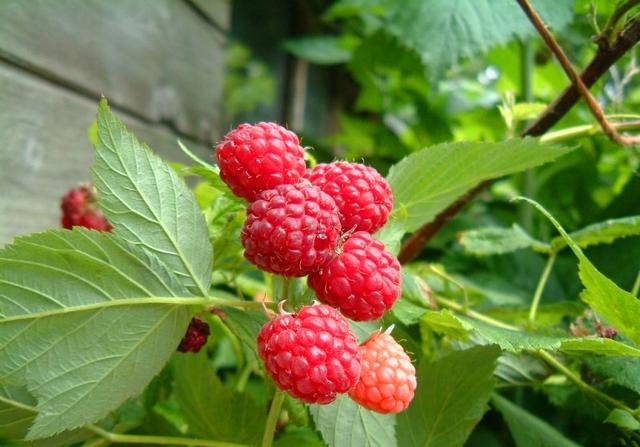
Raspberries that can be picked
- Prev
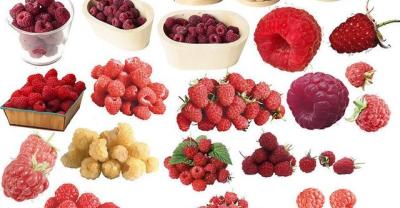
Rural project, dragon fruit planting know-how
The dragon fruit is a climbing succulent plant, the fruit is oblong or oval, the skin is red, fleshy, with egg-shaped and apical sharp scales, the flesh inside is like.
- Next
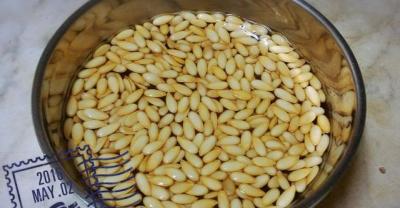
Planting essentials of tender pod pea
Tender pod pea, as a new special vegetable, has been planted in many areas of our country. Today, the editor mainly brings you to know about the planting of tender pod pea.
Related
- Fuxing push coffee new agricultural production and marketing class: lack of small-scale processing plants
- Jujube rice field leisure farm deep ploughing Yilan for five years to create a space for organic food and play
- Nongyu Farm-A trial of organic papaya for brave women with advanced technology
- Four points for attention in the prevention and control of diseases and insect pests of edible fungi
- How to add nutrient solution to Edible Fungi
- Is there any good way to control edible fungus mites?
- Open Inoculation Technology of Edible Fungi
- Is there any clever way to use fertilizer for edible fungus in winter?
- What agents are used to kill the pathogens of edible fungi in the mushroom shed?
- Rapid drying of Edible Fungi

